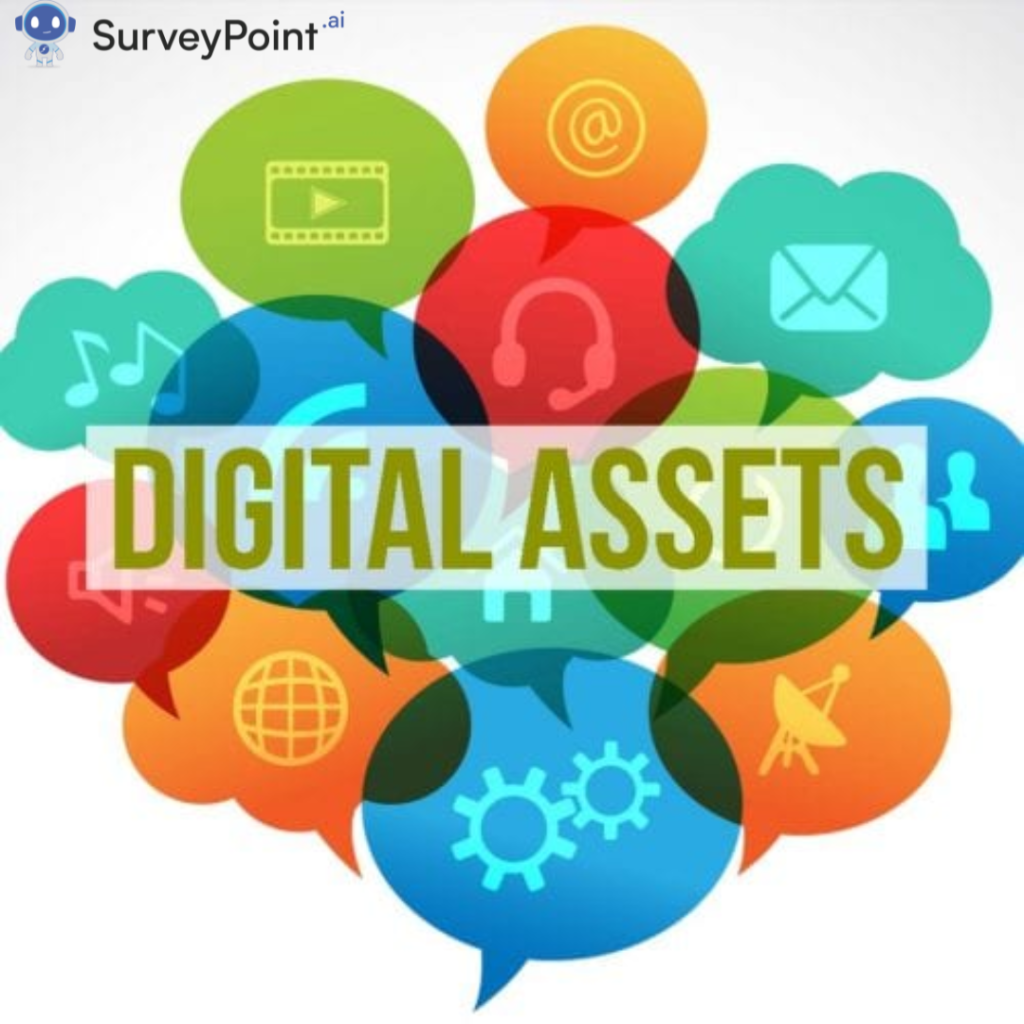
Just as a skilled weaver carefully examines each thread’s pattern and hue, survey data analysis unveils patterns and insights hidden within responses. When we interpret feedback survey data, we can paint a clearer picture of society, uncover valuable trends, and make informed decisions.
We will delve deep into the fascinating world of feedback survey data interpretation. Whether you’re a seasoned data analyst or a small business owner seeking to understand your customer base, we have something for everyone!
Survey Data Analysis: What is it?
Survey data analysis means looking at information from surveys to make smart decisions or come to conclusions.
The purpose of survey data analysis can vary depending on what we want to find out. They can be:
- A way to get fresh information from a group of people
- To describe the data, like finding the average or most common response.
- For making an educated guess about a larger group based on a smaller sample
- To predict what might happen based on what we know now.
ALSO READ: Employee Feedback for Growth: Top Questions to IncludeWhat Types of Survey Data Are There?
Here are some common types of survey data explained in simpler terms:
- Quantitative Data: It is the data that consists of numbers and is collected by asking questions with specific answer options. It can be either discrete data (countable values) or continuous data (values within a range).
- Qualitative Data: This type of data is non-numerical and is gathered by asking open-ended questions. It focuses on capturing people’s opinions, thoughts, and experiences and can include text, images, or sounds.
- Categorical/Nominal Data: In this category, it refers to the data that uses names or labels instead of numbers. It includes variables with multiple categories, like gender or nationality, without any particular order or hierarchy.
- Ordinal Data: This data type involves variables with categories that have a clear order or ranking. For example, satisfaction ratings that range from “very dissatisfied” to “very satisfied” fall into this category.
- Cross-Sectional Data: Data is collected at a specific point in time from multiple respondents. An example would be a survey measuring customer satisfaction at a given moment.
- Longitudinal Data: This type of data involves collecting observations over a period of time. It can be done by surveying the same group of people repeatedly (panel data) or by surveying different samples over time using the same questions (trend data).
- Experimental Data: Data from this category comes from controlled environments like scientific experiments. Researchers manipulate variables to observe the outcomes and gather data from those experiments.
- Observational Data: This type of data is collected in real-world settings where variables are not controlled by the researcher. It can be obtained through observation, interviews, or surveys conducted outside of a controlled environment.
Steps to Interpret Feedback Survey Data
Analyzing survey data involves several steps to ensure accurate and reliable results. Here are the steps you can follow:
Understand Your Goals
Before analyzing the data, know what you want to achieve with the survey. What questions were you trying to answer? What hypotheses were you testing? A clear understanding of your objectives will guide your analysis.
Clean and Validate the Data
Start by cleaning the data. Remove any duplicate responses and check for errors or outliers. Make sure the data fits within the expected parameters of the survey.
Code Open-ended Responses
If your survey includes open-ended questions, categorize each response into relevant themes or topics. Create codes or labels to represent common themes in the responses.
Enter the Data
Once you have cleaned and coded the data, enter it into a database or statistical software like Excel, Google Sheets, SPSS, or R for analysis.
Use Descriptive Statistics
Start with basic descriptive statistics to understand the main characteristics of your data set. Calculate measures like mean, median, mode, and range for numerical data and frequencies or proportions for categorical data.
Identify Trends and Patterns
Examine the relationships between different variables. Are there any significant correlations? For example, does age influence attitudes on a specific topic? Also, look at how responses are distributed across categories or any changes over time if it’s a longitudinal survey.
Create Visualizations
Use graphs and charts to better understand your data and communicate your findings. Examples include pie charts, bar graphs, histograms, scatterplots, or heat maps, depending on what suits your data best.
Interpret the Results
Analyze what your data signifies. Do the results answer your research questions or support your hypotheses? Are there any unexpected findings? Make claims that are supported by the data.
Write a Report
For the last step, write a clear and concise report summarizing your results. Include sections like introduction, methodology, results, discussion, and conclusion. Explain your findings and their implications in a way that is easily understandable for your intended audience.
ALSO READ: Unlock the Power of Customer Feedback Form with This Free TemplateHow to Present Survey Results
This section guides you on how to effectively interpret feedback survey data results:
- State the Objectives: Clearly define the objectives that you’re trying to convey with your survey results. This will help you identify the key findings you need to focus on during your presentation.
- Segment Your Data: Break down your data into smaller pieces. This might be by demographic, answer type, or any other metric that makes sense. This makes it easier to digest the data and see trends.
- Clear Visuals: Graphs, charts, and infographics can be powerful tools in presenting survey results. Make sure they’re clear and simple to understand. Pie charts, bar graphs, line charts, and histograms are all effective ways to represent data visually.
- Highlight Key Findings: Start your presentation by highlighting the most important or unexpected findings. This will capture your audience’s attention from the start.
- Present Comparisons: It can be helpful to present comparisons, either with previous survey data, different segments of the current survey, or even external data. This helps contextualize your results.
- Tell a Story: Data is more impactful when it’s tied to a narrative. Can you weave your results into a compelling story? Maybe it’s a story of change, of unexpected results, or of problems and solutions.
- Use Clear Language: Try to avoid jargon or overly complex language. Your goal should be to make your findings as accessible as possible.
- Discuss Implications and Recommendations: Don’t forget to discuss what these results mean and what actions, if any, should be taken. Your audience will appreciate knowing the “so what” of your data.
- Questions: Leave ample time for your audience to ask questions after the presentation. This shows that you’re open to dialogue and helps clear up any confusion or curiosity.
- Summary: After your presentation, provide your audience with a written summary of the results. This lets them review the findings at their own pace, and it ensures that the information sticks.
Wrapping Up
To interpret feedback survey data is crucial for your organization’s growth and development. It uncovers hidden insights, strengthens customer relationships, and propels your business forward.
However, the process requires careful analysis, thoughtful interpretation, and actionable implementation. It’s about more than just numbers; it’s about empathizing with your customers’ experiences.
Each response is a voice striving to be heard. By mastering these steps, you’re not just crunching data but also fostering a culture that values customer input.




